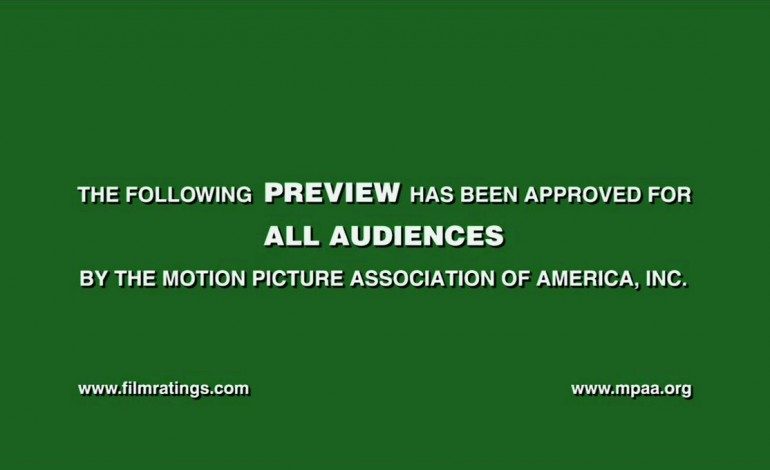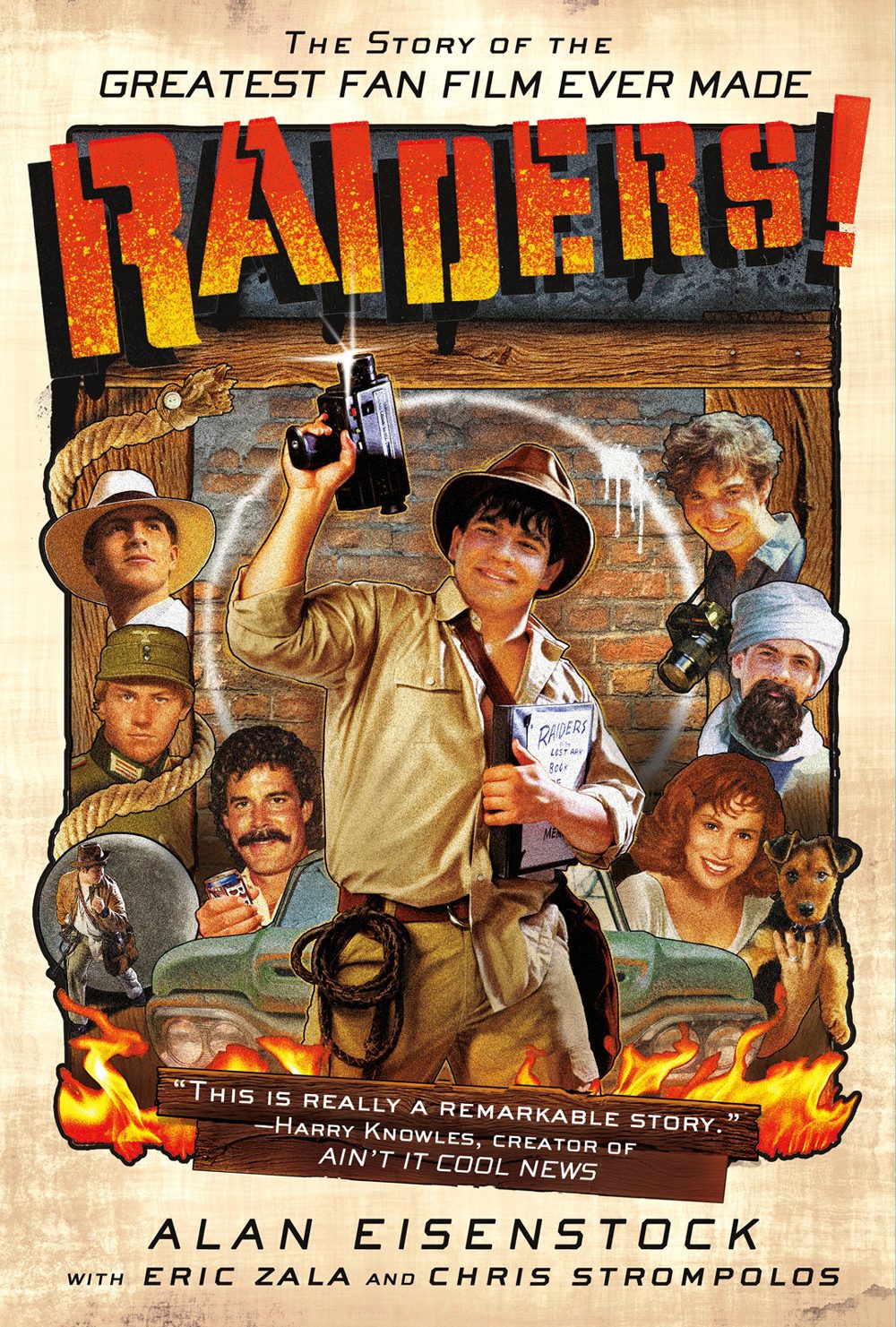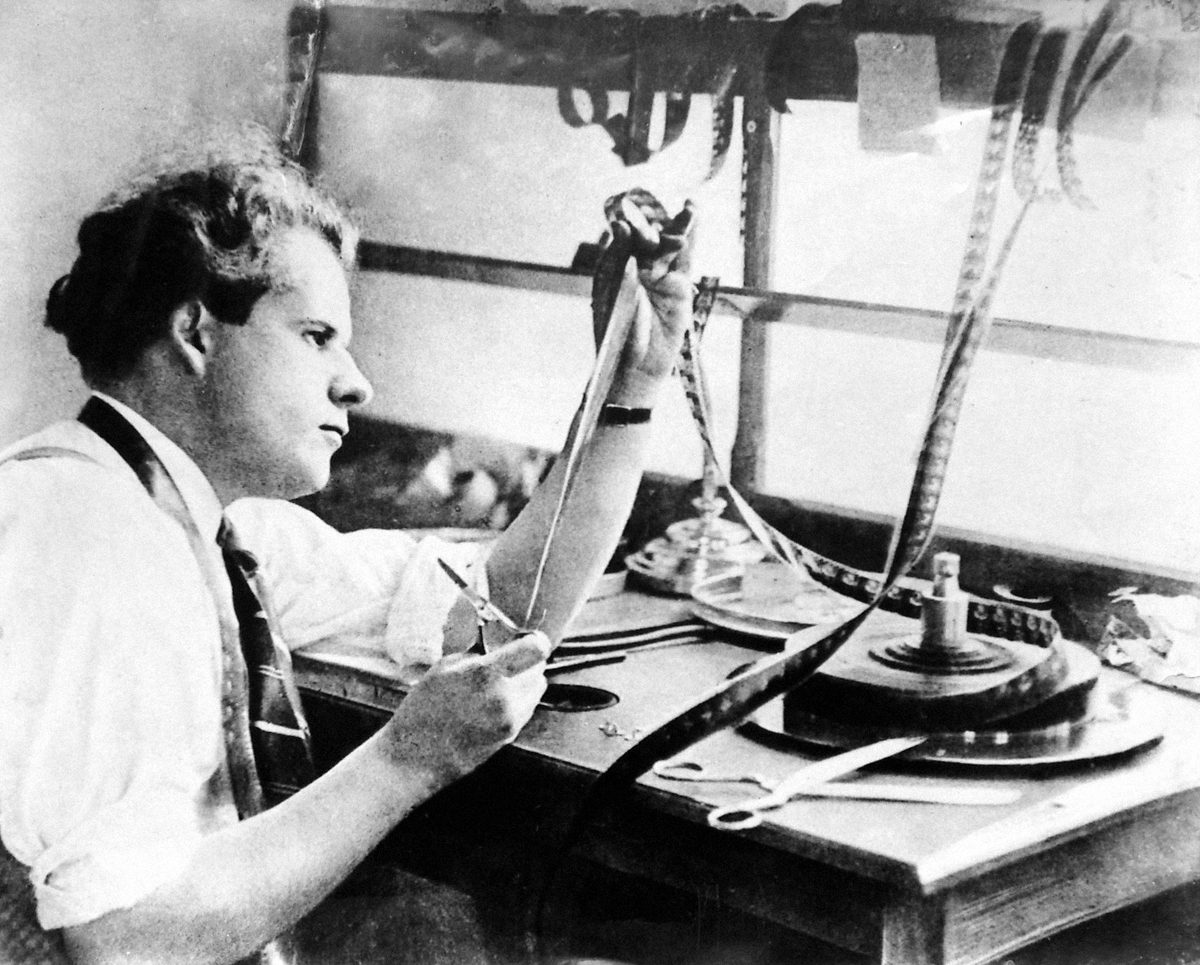

So here’s a question to ponder over: why have we seen such a rise in popularity of mash-up film trailers? Is it just that these videos are an easy entry point for remix culture to engage with the film community? Or is it actually something a bit deeper, something more sophisticated about the way they touch upon formal and genre convention? And do we find them funny just because of their slightly Dadaist juxtaposition of disparate elements or is there a just something about them that speaks to film’s inherent –
Hmm? What’s that? You don’t know what film mash-up trailers are? Oh boy, have we got a ride for you. Click play on the video below, and meet us back here.
Film mashup trailers, as the name so cunningly implies, are fan-made trailers that reorganize, remix, or, in some other way, reshape video footage and audio material from a film to create a promotional video. The key to the whole enterprise, however, is that the film that is promoted in that trailer is not what you’d get if you actually sat down and watched the film that is being recut. The goal is often to see how far away you can get from the intended results of the original film, usually by bringing in video, audio, or story materials from different films into the mix. For example, Ten Things I Hate About Commandments, both an early pioneer and a classic in mash-up culture, combines footage from Cecil B. DeMille’s The Ten Commandments with 90’s pop music, audio clips from Pulp Fiction, and homemade trailer-voice announcements. The result is that instead of a dramatic Biblical epic, the trailer gets across the affectations of a High School romcom, most palpably 1999’s Ten Things I Hate About You. Simple, right?
Well, kind of. As time has gone by and more and more mashup trailers have appeared, the way that different editors have engaged with the material has gone into increasingly creative, experimental, and weird places. And over the past few years, a lot of mashup trailers have appeared on the Internet. Archive website The Trailer Mash features hundreds of trailers created between now and 2007, and there’s likely to be thousands more floating in non-curatorial spaces like Youtube and Vimeo.
And with the proliferation of mash-ups and recuts came a multitude of attitudes and approaches to the art forms. Some actively seek to create the impression of a fully formed film with a completely overhauled narrative. That’s the case with something like Brokeback to the Future, which combines Brokeback Mountain’s tonal register and Oscar-winning Gustavo Santaolalla score with footage from Back to the Future to create the impression of a “forbidden love” plot between Marty and Doc Brown. Others work on a more impressionistic or graphic level, content to stay a bit more abstract and just watch the results of mixing and matching cinematic palettes. That’s what this trailer, which combines distinctive audio and graphic design elements form Watchmen with visuals from WALL-E for narratively unclear but visually sumptuous results, is getting at. There’s even a few trailers that really stick their necks out, creating trailers for non-existent sequels or prequels. The (among certain circles) famous Titanic: Two the Surface trailer does exactly that, combining footage from Titanic with material pulled from a sprawling smorgasbord of other films (Romeo + Juliet, Austin Powers, Se7en, The Shawshank Redemption, and Contact, to barely scratch the surface) and homemade visual effects to create a commercial for the non-existent sequel to James Cameron’s mammoth 1997 hit.
One of the things that’s fascinating about mash-up trailers is the fact that they’re one of the few cases in which we can really see remix culture interacting with film. Remix culture is the social and artistic movement that encourages consumers to edit, rework, or combine existing works of art to produce derivative works. It’s a school of thought that challenges a few of the major assumptions that have been hard-wired into our models of art consumption over the years, principally the iron-clad divisions between artist and audience and the notion of a work being “finished” and immutable when its presented to the general public. Certain mediums are more welcoming to these ideas than others – music, for example, has been a particularly fertile ground for remix culture. Pieces of music can be sampled, extended, or re-orchestrated by savvy fans, and songs can be covered with variations in everything from key signatures to musical genre. At it’s most basic level, individual sections of albums can be combined in mixtapes, playlists, and other similar user compilations.
But film, as a medium, has remained surprisingly immune to the charms of remix culture. Due to the sheer amount of personnel, machinery, and technical skill required to assemble a film, it’s generally hard for outside observers to take apart a finished film to retool it or recreate it. There are some fascinating cases, such as the “Raiders Guys” and their homemade, shot-for-shot remake of Raiders of the Lost Ark, but these are few and far between. (… Unless you count Hollywood’s current fascination with remakes a branch of remix culture, but that’s a can of worms for another day.) But with the advent of digital editing technology and easy-access electronic distribution, movie lovers have gotten more opportunities to deconstruct their beloved films than ever before. Fan edits, which we’ve discussed in the past, are perhaps the most emblematic way in which remix culture has broken into cinema, but mash-up trailers are a close second. From an artistic and critical standpoint, they’re one of the few places where the conversation goes from, “What is this film?” to, “What can this film be?”


Chris Strompolos and Eric Zala’s shot-for-short remake of the Spielberg classic, made over the course of 7 years, is one of the most famous (and labor-intensive) fan films ever made.
But even putting aside the cinephile philosophizing, there’s something about mash-up trailers that’s just… fun. They are engaging to watch and eye-catching even in passing, and hold lasting fascination even for those who aren’t deeply invested in the inner mechanics of film culture or artistic remixes. So putting aside all critical concerns and just focusing on the more tactile level… why are mash-up trailers so beloved by so many? Here’s a few thoughts.
Firstly, there is an element of entertaining incongruity to the way that these fan-made trailers smash different parts of the film world together. It’s been a long understood tenant of comedy that the judicious combination of mismatched elements, especially under a very clearly labeled tongue-in-cheek tone, tends to register as amusing, or at least entertaining. Mash-up trailers live by this norm, and often tend to thrive when they go out their way to bring together elements that narrative logic, genre conventions, aesthetic sensibilities, or just plain common sense say should be kept far, far apart. We’ve already covered Ancient Egypt being put together with American High School shenanigans, but even that pales in comparison to, say… The Muppets and Quentin Tarantino. Or Mary Poppins and horror films. On their most surface level, there is something pleasingly transgressive about mash-up trailers, something refreshingly charming about their deliberate lack of respect for conventions and expectations.
But sometimes, these mash-up trailers can be used for something a bit more analytical, almost like a pop video essay. Consider the above trailer, which mashes up the audio from James Cameron’s Avatar with Disney’s Pocahontas. Plenty of critics and commentators have called attention to the many (at times painfully visible) connections between the two films, but there’s something particularly dynamic about seeing how easily the material from one film tracks with the other. Or consider this massive 8-minute video, which brings together material from dozens of action movie trailers to show how they all rely on the same tired, repetitive, and predictable patterns. Sure, the editor could have written a long essay piece describing the trends that they were noticing in trailer compositions, but by putting this together they are able to simply illustrate all of their points and make their arguments easier to grasp because they are recreating the very issue that’s being critiqued.
Thirdly, these mash-up trailers can sometimes give us some pretty keen insights into the various genre tropes and conventions that are floating around the film world. Shining, perhaps the most famous of these fan-made trailers, takes footage from Stanley Kubrick’s The Shining, and re-edits, re-scores, and re-narrates the material to create a trailer for a Frank Marshall-esque feel-good family film. Unlike Ten Things I Hate About Commandments, there’s no specific film that is being referred to, but the transformation is still crystal clear. And what’s great about it is that, once you finally stop laughing, the trailer is really eloquent about what the specific calling cards of that particular subgenre are. There is something specific about the way that those are films are cut and paced, or about the way they use certain characters types, or even about the way they use some Peter Gabriel songs and not others. By caricaturing and exaggerating these signifiers, these trailers cast them into particularly sharp relief, which can lead to some really profound insights.
And, finally… I think that there’s something about mash-up trailers that’s appealing simply because they let us experience something that has gotten to be very familiar in a new light. Think about it: how many times have you seen your favorite film? You know every beat, every note of the score, and every little twitch in the actors’ faces. It’s still a great film and you still enjoy the heck out of it, but the experience of watching may have lost that first flush of surprise and innovation. And maybe mash-up trailers, by taking that thing we love and twisting it just enough to be both recognizable and utterly different, can bring a new angle or a new take into the experience. I don’t think that anyone will argue that mash-up trailers will be replacing the films they are spoofing, breaking down, or analyzing any time soon, but, in the same way that a remix of a song might let you notice a new nuance in the rhythm or a new melodic possibility, they might be able to widen up the possibilities of what we see in the films we love.

